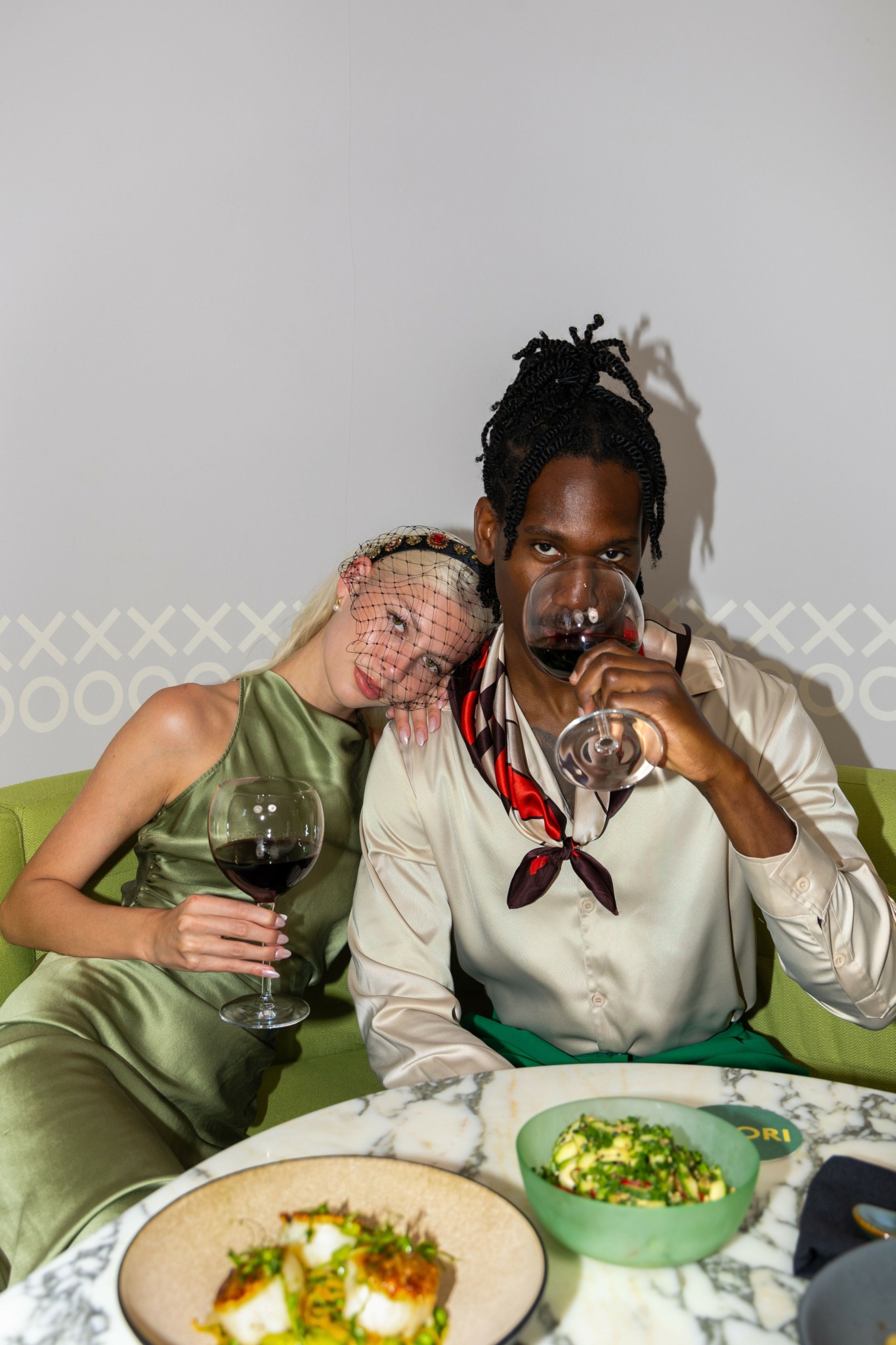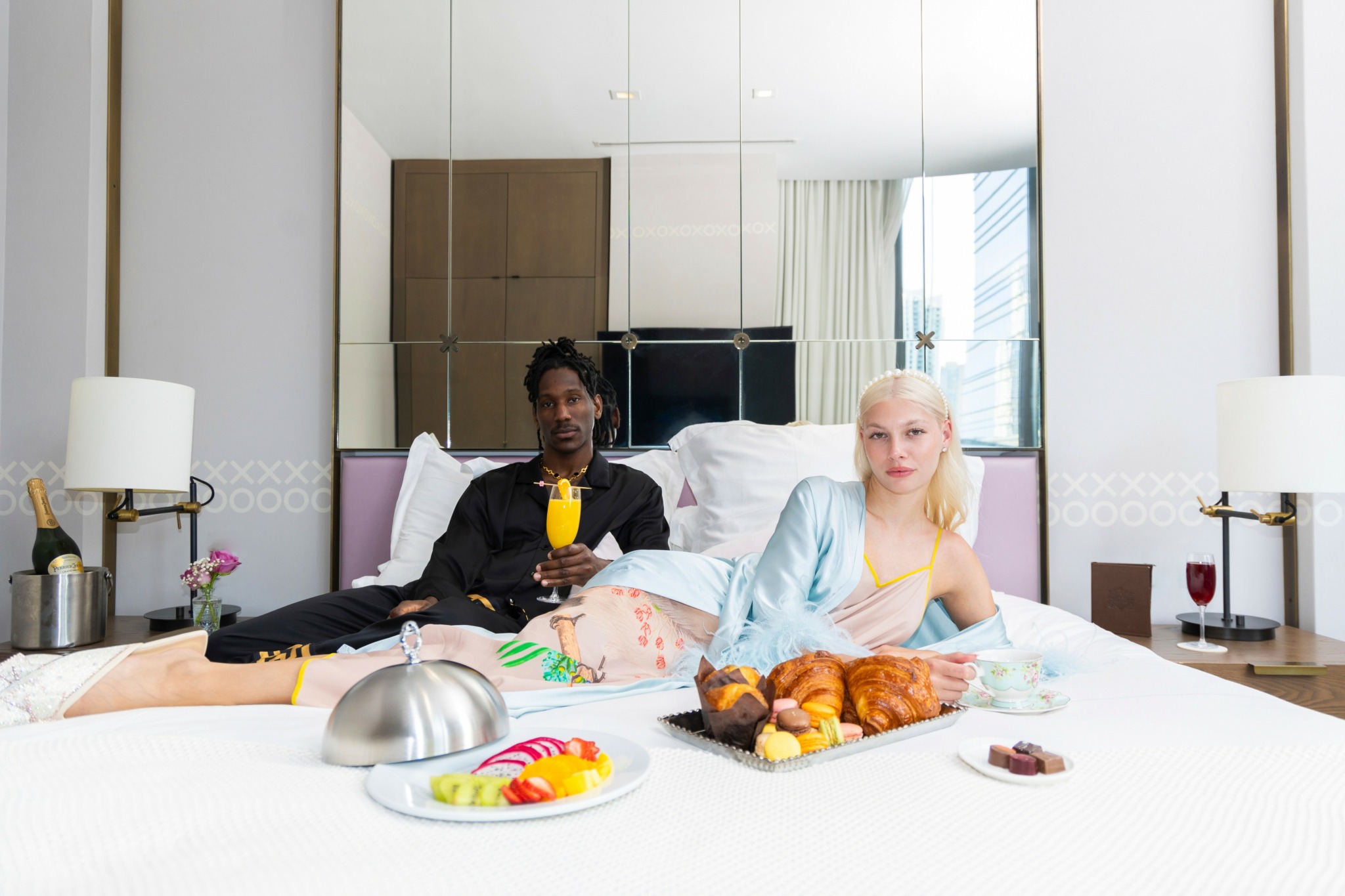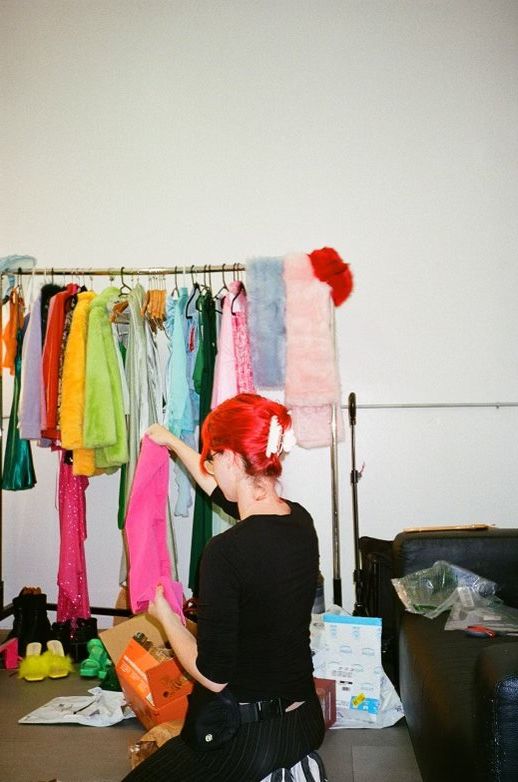We were lucky to catch up with Alex Rancman recently and have shared our conversation below.
Alex, looking forward to hearing all of your stories today. Have you been able to earn a full-time living from your creative work? If so, can you walk us through your journey and how you made it happen? Was it like that from day one? If not, what were some of the major steps and milestones and do you think you could have sped up the process somehow knowing what you know now?
Yes, I’ve been able to earn a full-time living from my creative work, but it wasn’t always like this. My journey began in retail, where I started working as soon as I got my worker’s permit at 15 and a half working in a local bakery. Over the years, I became a luxury retail manager, but it was a tough career, filled with stress and poor treatment. After being repeatedly disrespected at my final retail job, I reached a breaking point. I woke up one day and knew I’d had enough.
Around that time, I was asked to do an immersive art installation for HGAB Studios at Art Basel ’23. That felt like a sign—it was the moment I decided to quit and fully pursue the arts. The very day I put in my resignation, I landed a major styling job for a hotel chain. It felt like destiny was pushing me forward. From there, day by day, I started working on new projects, which helped me realize just how many skills I had—set design, wardrobe styling, vintage curation, and content creation.
I definitely believe I could have sped up the process by believing in myself sooner. Looking back, I see I was stuck in a cycle of abusive jobs with comfortable pay, but I didn’t realize that leaving my salary behind would actually open up more doors. The freedom of pursuing creative work meant I could make as much or as little as I wanted. It all came down to how I marketed myself and my talents. I learned to trust myself, and that’s been the biggest key to my success.


Great, appreciate you sharing that with us. Before we ask you to share more of your insights, can you take a moment to introduce yourself and how you got to where you are today to our readers.
Fashion has been a part of me since I was a little girl. One of my earliest memories was being so excited to go to preschool, not for the usual reasons, but because the teacher had an incredible dress-up area. There were gowns, pearls, purses—I couldn’t get enough. My mother was a major style inspiration for me as well. She always had the latest fashions and was impeccably dressed. I grew up fawning over gossip magazines, best-dressed lists, red-carpet events, and watching Joan Rivers on Fashion Police. I’d spend hours with my friends dressing up and doing photoshoots in the backyard using my dad’s old camera.
Now, I’ve turned that childhood passion into a full-time career. I curate vintage clothing for private clients, focusing on matching their specific tastes and styles with unique, one-of-a-kind pieces. On weekends, I run pop-up shops and participate in vintage markets, which gives me a chance to bring my curated finds to a wider audience. As a stylist, I’ve worked with major hotel chains like Hyde and SLS, styling their advertisements for the Miami market. But I also freelance for other projects, including films, commercials, marketing shoots, and personal styling.
What sets me apart is my deep love for fashion history and my eye for unique, hard-to-find vintage pieces. I solve the problem of needing standout, one-of-a-kind clothing that can’t be found anywhere else. My clients come to me when they want something truly distinctive, whether it’s for a personal look, a marketing shoot, or a major marketing campaign. I’m proud of my ability to match the aesthetic needs of my clients while incorporating rare and beautiful pieces into my styling.
I’m most proud of my perseverance. Going out on your own as a creative can be tough, and there have been moments where I doubted whether my ideas would work. But each time I hit a roadblock, I’ve evolved and pushed forward. I’ve learned to trust myself and my abilities, and that’s been key to my success.
What I want people to know about me and my work is that I’m a hard worker with big dreams. I’m constantly evolving my skills, and I’m committed to making a name for myself in the creative industry. Whether it’s curating vintage, styling a commercial, or creating content, I’m always striving to bring something unique and authentic to the table. My brand is about originality, creativity, and the belief that fashion should be a reflection of who you are.


In your view, what can society to do to best support artists, creatives and a thriving creative ecosystem?
To truly support artists and create a thriving ecosystem, society needs to actively engage with creative work. This means attending galleries, vintage markets, film festivals, and pop-up events that showcase local talent. The creative community thrives when people step outside of their routines and immerse themselves in the arts.
Another important step is shifting how we shop and consume. Instead of turning to fast fashion or mass-produced items, support independent creators, whether that’s a vintage curator offering unique, one-of-a-kind clothing or a local artist selling their work. By investing in these creators, you’re not only helping their businesses but also contributing to more sustainable, mindful practices.
Social media is also a key tool for supporting creatives—liking, commenting, and sharing work is simple, but it can significantly expand an artist’s reach. Beyond that, when it comes to professional projects, I strongly encourage the use of real, human creatives rather than relying on AI. The emotion, vision, and personal touch that a creative brings to the table is irreplaceable. By prioritizing the work of real artists, we ensure that creativity, innovation, and originality continue to thrive.


Any resources you can share with us that might be helpful to other creatives?
Looking back, I wish I had known more about the importance of professional networking and the resources available for building those connections. For instance, attending industry events like galleries, networking events, open studios, creator markets, and film festivals can be incredibly valuable. These are not just opportunities to showcase your work but also to meet others in the field, gain insights, and build relationships that can significantly impact your career.
I also wish I had explored more about the power of social media for connecting with other creatives and potential clients. Engaging with social media platforms to share work can amplify visibility and open doors that might otherwise remain closed. Additionally, connecting directly with people who are already successful in the creative industry could have provided guidance and inspiration much earlier on.
Understanding the importance of these resources and how they contribute to building a thriving, creative ecosystem would have been incredibly beneficial as I started. Networking and engaging with the community are invaluable tools for growth and success in any creative field.
Contact Info:
- Website: https://alexrancman.com
- Instagram: @alexlikeswhat
- Linkedin: https://www.linkedin.com/in/alexrancman/
- Other: additional websites
thekindyoufind.com (vintage curation)
Reelsography.com (short form content )


Image Credits
Zimo Media, Hyde hotels, SLS hotels


